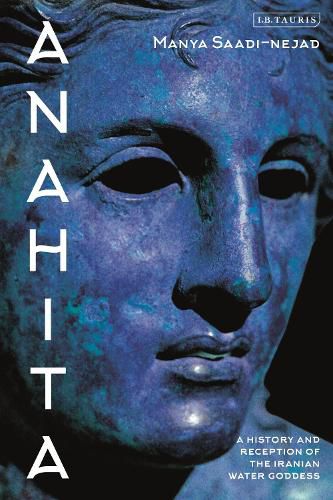Readings Newsletter
Become a Readings Member to make your shopping experience even easier.
Sign in or sign up for free!
You’re not far away from qualifying for FREE standard shipping within Australia
You’ve qualified for FREE standard shipping within Australia
The cart is loading…






Anahita was the most important goddess of pre-Islamic Iran. From her roots as an ancient Indo-European water deity her status was unrivalled by any other Iranian goddess throughout the course of three successive Iranian empires over a period of a thousand years.
The first scholarly book on Anahita, this study reconstructs the Indo-European water goddess through a comparison of Celtic, Slavic, Armenian and Indo-Iranian myths and rituals. Anahita’s constantly-evolving description and functions are then traced through the written and iconographic records of Iranian societies from the Achaemenid period onwards, including but not limited to the Zoroastrian texts and the inscriptions and artistic representations of the great pre-Islamic Iranian empires. The study concludes by tracing survival of the goddess in Islamic Iran, as seen in new Persian literature and popular rituals. Manya Saadi-nejad demonstrates the close relationship between Iranian mythology and that of other Indo-European peoples, and the significant cultural continuities from Iran’s pre-Islamic period into the Islamic present.
$9.00 standard shipping within Australia
FREE standard shipping within Australia for orders over $100.00
Express & International shipping calculated at checkout
Anahita was the most important goddess of pre-Islamic Iran. From her roots as an ancient Indo-European water deity her status was unrivalled by any other Iranian goddess throughout the course of three successive Iranian empires over a period of a thousand years.
The first scholarly book on Anahita, this study reconstructs the Indo-European water goddess through a comparison of Celtic, Slavic, Armenian and Indo-Iranian myths and rituals. Anahita’s constantly-evolving description and functions are then traced through the written and iconographic records of Iranian societies from the Achaemenid period onwards, including but not limited to the Zoroastrian texts and the inscriptions and artistic representations of the great pre-Islamic Iranian empires. The study concludes by tracing survival of the goddess in Islamic Iran, as seen in new Persian literature and popular rituals. Manya Saadi-nejad demonstrates the close relationship between Iranian mythology and that of other Indo-European peoples, and the significant cultural continuities from Iran’s pre-Islamic period into the Islamic present.